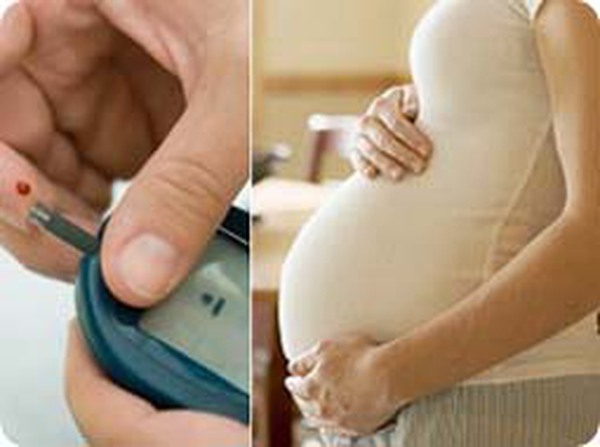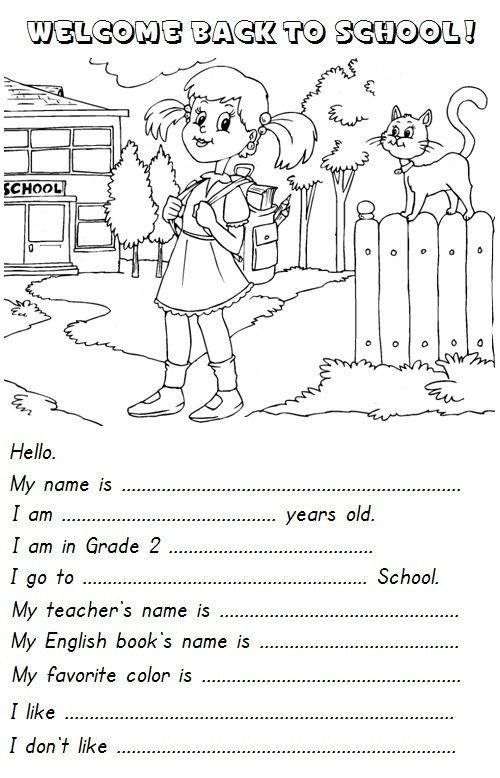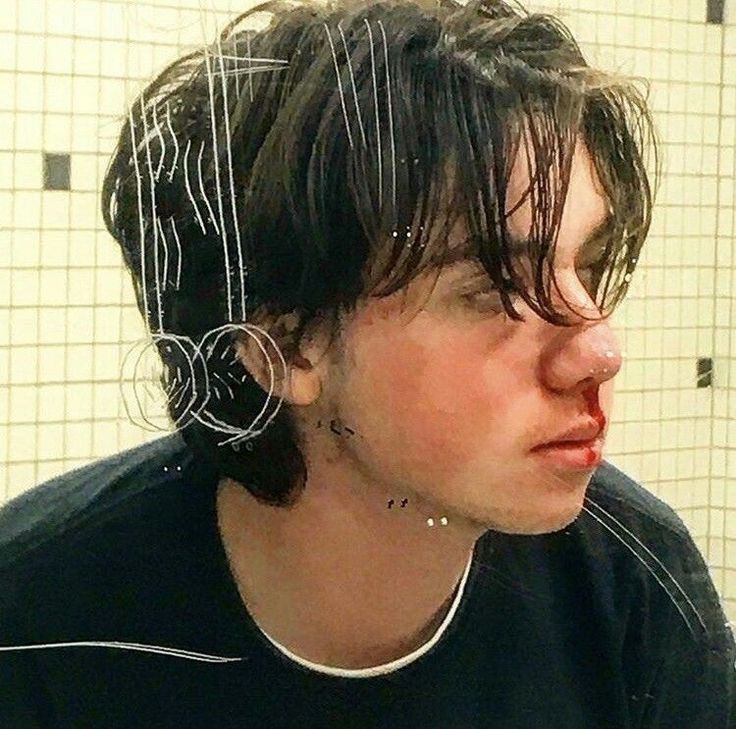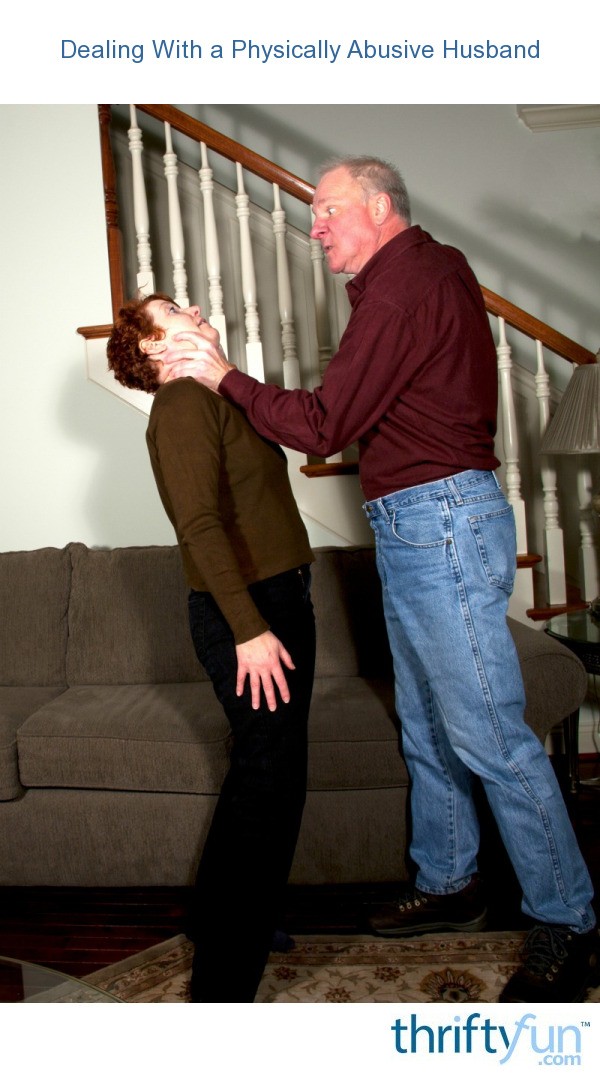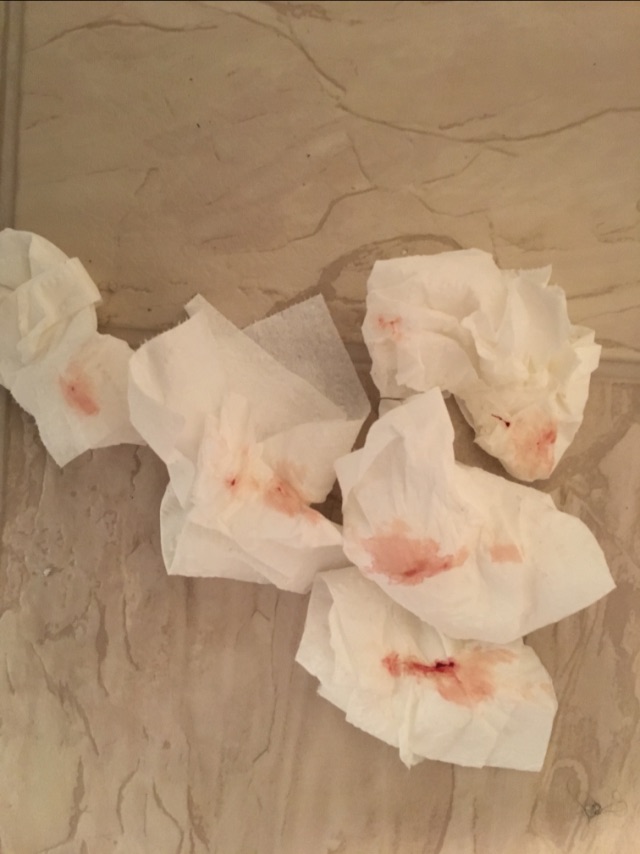How to stop child biting nails and skin
Causes, When to Worry, How to Stop It
Nail biting is one of those habits that toddlers sometimes develop. It can be unsightly, annoying (to you!), and even problematic for their health. But like thumb sucking, it usually goes away on its own with time.
But what if it doesn’t? We all probably know people our own age who bite their nails, too. So here are some tips for nipping the habit in the bud — or nail — early.
An estimated 30 to 60 percent of kids and teens bite their nails, so your child isn’t alone. So what causes it?
Some research shows that nail biting may have genetic factors. Also, your toddler could be biting their nails because of the attention (albeit negative) they garner when you insist they stop.
However, most experts pin down nail biting to habit — a repeated behavior that your child isn’t even aware of. Habits develop for three main reasons:
- Boredom. A bored child may start nibbling at their nails because there isn’t anything more pressing to do.
- Relief. Nail biting may be a response to stress. (Sort of like reaching for chocolate.)
- Relaxant. Some kids suck their thumbs to help them fall asleep, while others bite their nails.
Often habits simply wear themselves out and disappear. So usually, there’s no need to worry.
As for the dangers of nail biting itself, they definitely make it worth kicking the habit. Biting your nails can not only cause minor annoyances like hangnails, which may not seem minor at all to your tot, but also lead to infections and tooth problems.
Stopping any habit requires a hefty dose of self-control. When you’re dealing with a toddler who bites their nails, you’ll need double the amount of self-control — yours plus theirs. Here are seven strategies to help.
1. Make sure your child is on board
Your child can’t stop a habit if they don’t know they’re doing it. Plus, they need to be motivated to want to stop biting their nails.
The first step is to make sure you’re a team. Help your child understand that nail biting is a habit that’s worth stopping, especially since it can cause infections and problems with your teeth. You can also talk about hygiene and touching things with fingers that have been in your mouth.
2. Cut nails short
Your toddler can’t bite what isn’t there, so keep their nails well trimmed. This also ensures that bacteria and dirt caught under the nails don’t get into your toddler’s system.
3. Create a code
This may make it fun and even, well, downright conspiratorial to your toddler.
Instead of telling your child to stop nail biting, choose a secret code that you can use to remind them to stop. Options include a specific word that you say, a touch on the shoulder, or a whistle.
4. Suggest substitutes
Help your child keep their hands busy with other things. Offer them rubber balls, Silly Putty, or even a piece of soft fabric to hold.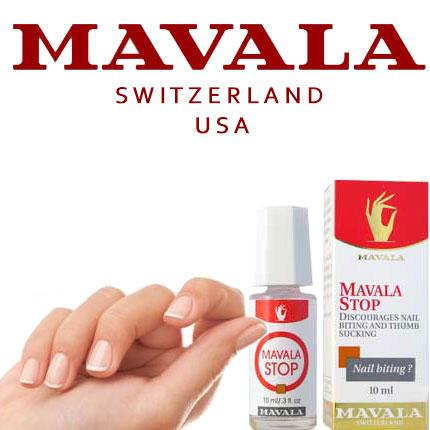 This may work especially well if they bite their nails due to stress or anxiety.
This may work especially well if they bite their nails due to stress or anxiety.
5. Use a reward system
Offer your child a small prize or put a star on a sticker chart for each day they don’t bite their nails. At the end of the week, they get to choose a prize. (For toddlers, this doesn’t need to be big. In fact, a sticker — or, if they’re into it, a fun nail-painting session — may be reward enough.)
6. Mention fun boredom-busting activities
If your tot bites their nails out of frequent boredom, suggest new activities. Coloring books, blank drawing pads, pretend play, pillow forts — these all serve the double purpose of fostering creativity and leaving little room for nail biting.
While you shouldn’t feel guilty about encouraging independent play, you can also distract your child from the habit by taking them to the park, working on a puzzle together, or cooking or baking together.
7. Apply bite-averting nail polish
This might be an option of last resort.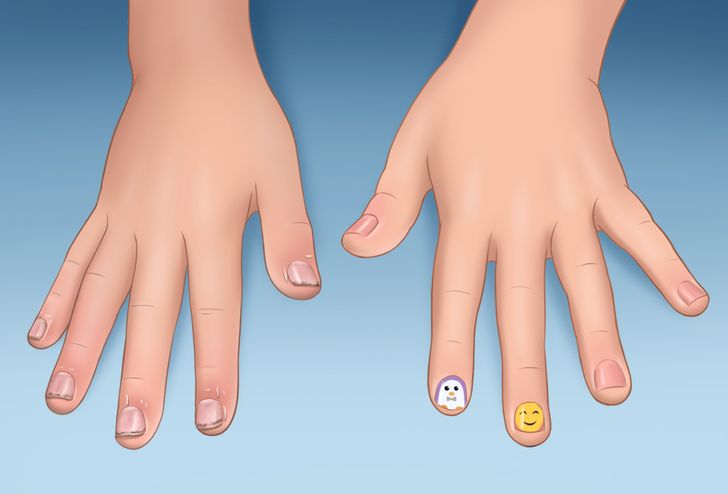 And before you use this, make sure your toddler knows what it means.
And before you use this, make sure your toddler knows what it means.
The burning taste takes the thrill out of nail biting and makes your child more conscious of the habit. The downside is that your child gets a taste of the nail polish even when they’re putting their hands in their mouth for other reasons — like eating finger foods.
On the bad days when your toddler seems to be biting their nails nonstop, you might be tempted to do something that could make things worse.
Endless reprimands, long lectures, yelling, and punishments won’t encourage your child to stop biting their nails. In fact, the negative attention may just make your child more determined to show you who’s the boss of those nails.
Between the ages of 2 and 3 years old, your toddler is at the developmental stage of autonomy versus shame or doubt. At this me-do-it stage, your child is working toward independence. Toddlers who aren’t given the opportunity to behave with age-appropriate independence could begin to doubt their abilities, and this could lead to low self-esteem and feelings of shame.
Sometimes, nail biting could negatively affect your child’s social relationships or interfere with their daily functioning. You’ll notice this happening if your child complains that other children are teasing them about their bitten nails.
Nail biting can also have physical ramifications. It can lead to painful ingrown nails or nail infections caused by bacteria that have entered the damaged skin around the nail.
More rarely, chronic nail biters (usually adolescents) can damage their nail beds and teeth. This is called onychophagia. Research shows that it can be treated using oral devices to help break the habit.
A toddler who adds habits to their repertoire (hair twisting, thumb sucking, nose picking) may be signaling that they’re anxious about something. By spending one-on-one time with your child, you’ll build up a strong parent-child relationship that will help them share what’s going on in their world.
While your child will likely outgrow their nail-biting habit eventually, you can try to help them stop early.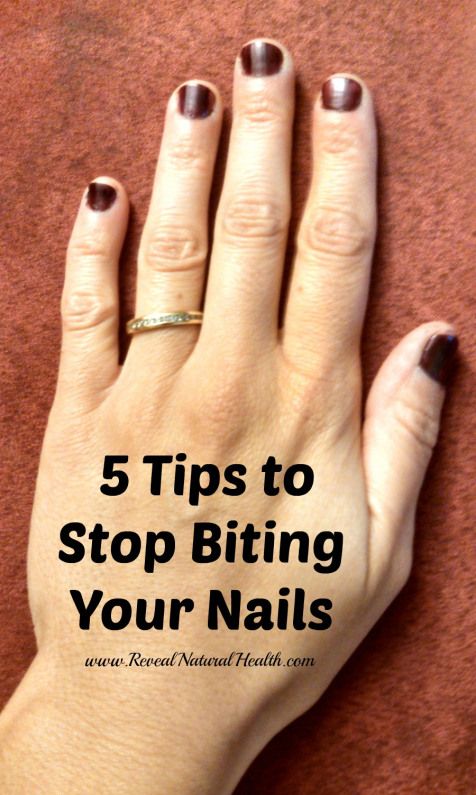 This involves good communication, positive reinforcement, and patience — from both of you.
This involves good communication, positive reinforcement, and patience — from both of you.
If you’re concerned about how your kiddo’s habit is affecting their health or social relationships, speak with their pediatrician.
Nail Biting, Ages 6 to 12 - Consumer Health News
×
Fact Checked
HealthDay operates under the strictest editorial standards. Our syndicated news content is completely independent of any financial interests, is based solely on industry-respected sources and the latest scientific research, and is carefully fact-checked by a team of industry experts to ensure accuracy.
- All articles are edited and checked for factual accuracy by our Editorial Team prior to being published.
- Unless otherwise noted, all articles focusing on new research are based on studies published in peer-reviewed journals or issued from independent and respected medical associations, academic groups and governmental organizations.
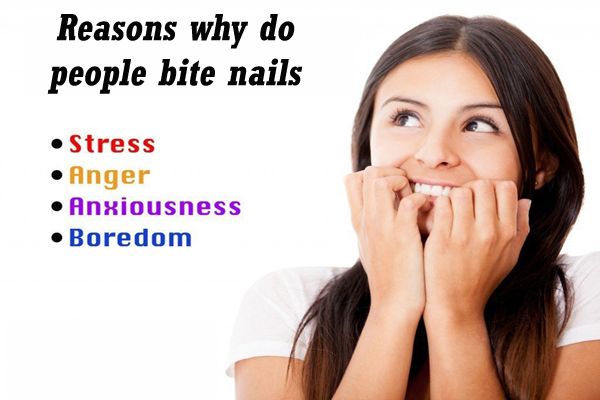
- Each article includes a link or reference to the original source.
- Any known potential conflicts of interest associated with a study or source are made clear to the reader.
Please see our Editorial and Fact-Checking Policy for more detail.
Editorial and Fact-Checking Policy
HealthDay Editorial Commitment
HeathDay is committed to maintaining the highest possible levels of impartial editorial standards in the content that we present on our website. All of our articles are chosen independent of any financial interests. Editors and writers make all efforts to clarify any financial ties behind the studies on which we report.
Why does my child bite his nails?
Children bite their nails for many reasons -- out of curiosity or boredom, to relieve stress, to pass the time, or from force of habit. Nail biting is the most common of the so-called "nervous habits," which include thumb sucking, nose picking, hair twisting or tugging, and tooth grinding. (None of these necessarily signals anxiety, so "nervous habits" is something of a misnomer.) Nail biting is most common in high-strung children, tends to run in families, and is the most likely of the nervous habits to continue into adulthood. About 30 to 60 percent of elementary school students and 20 percent of adolescents bite their nails, at least for a time; between one-quarter and one-third of college students say they still bite their nails.
Is my child's nail biting a sign of excessive anxiety or some disorder?
Growing up is an anxious process, and many of the tensions and pressures are invisible to parents. If your child bites moderately (he doesn't injure himself) and unconsciously (while watching television, for example), or if he tends to bite in response to specific situations (such as performances or tests), there's probably nothing to worry about.
If you know or suspect that a particular situation is making your child anxious -- a recent move, a divorce in the family, a new school -- make a special effort to help him talk about his feelings.
If your child's nail biting seems self-destructive, however, it's time to call his doctor or school counselor. You should be concerned, for example, if his fingertips are ragged and bloody, or if in addition to biting his nails, he picks his skin, tugs on his eyelashes, or is not sleeping well. Also consult your child's doctor if the habit of nail biting surfaced suddenly and escalated quickly. You always want to check out the reasons behind a drastic change in your child's behavior.
If, on the other hand, the habit doesn't seem to pose any physical or psychological threat, ignoring it is the best way to ensure that down the road your child will either stop on his own or ask you to help him quit.
How can I get my child to stop biting his nails?
Unfortunately, when it comes to unconscious habits, nagging and punishing are at best ineffective and at worst lead to a power struggle.
You might try offering your child a substitute habit -- a "worry stone" to keep in his pocket, for example. Gently and consistently calling his attention to the fact that he's biting his nails may help; agree on a signal you can give him so you don't embarrass him in public. For example, at breakfast you might tell him calmly, "Honey, it would be nice if you could not bite your nails today," and explain that you'll touch his hand lightly with your index finger every time you see him nibbling.
If the habit bothers you, set limits. "No nail biting at the dinner table" is as reasonable a rule as "No feeding the dog from your plate." At other times, explain in a compassionate way that you know he can't help it, but you don't like to watch him biting his nails, so you're going to another room for a few minutes.
The most important thing is to keep what's basically a nuisance from escalating or getting laden with emotion. Stifling your anger for as long as you can and then snapping, "Stop biting your nails! I can't stand it!" is a recipe for disaster. If the situation is already tense, defuse it by being straightforward -- "I think we're both getting too worked up over this. I'm going to take a time-out from it for a while."
As long as he's not hurting himself and doesn't seem stressed out, your best bet is to wait out the habit. The less fuss he associates with his nail biting, the more likely he'll stop on his own when he's ready -- and the more likely he'll feel comfortable asking you for help.
How can I help when my son tells me he wants to stop biting his nails?
Start by building a foundation. Discuss what nervous habits are and how people can break them. (Janet Munsil's Where There's Smoke ..., in which nail-biting Daisy and her cigarette-smoking father try to end their habits together, is a good conversation-starter with younger children.) Decide how involved you should be in his plan to quit. Does he want you to remind him or will that irritate him? An older child will probably prefer less parental involvement.
If your child feels that reminders from you will help, choose a subtle signal -- a light touch on the arm or a code word. Encourage him to become more aware of when and where he bites, and identify some relaxation techniques he can learn -- deep breathing, or clenching and releasing his fists. You might attach a small pair of fingernail clippers to his key chain or belt loop, so he won't be tempted by snags. If he's old enough, teach him how to use an emery board and keep one on his bedside table or in a bathroom drawer.
Step three (and steps four and five and onward) are to try -- and try again. Explain to your child that different people respond to different techniques, and encourage him to be willing to try a variety of solutions if the first one doesn't work. In general, the older he is, the more responsibility he can take in this endeavor.
Children of all ages, like adults, may find a substitute habit useful (Silly Putty for car rides, a smooth stone to hold while reading or watching television). Let your child choose an activity. If he's under the age of 8 or 9, he might need help in making the switch: Practice the alternative habit with him for a few minutes before school or at bedtime.
Calendars work well for children up to about age 9. Let your child select and place stickers on the days he doesn't bite his nails. For an older child, set up an incentive savings plan, in which he deposits $1 to start and then you put in $1 for every day he leaves his fingertips alone. Another incentive might be a trip to the nail salon for a manicure once the nails have grown to a certain length.
Physical reminders work for some kids: Your child may want to try keeping Band-Aids or stickers on his fingertips. Finally, remind him -- and yourself -- that habits are hard to break and that the two of you are on the same side. Take a break from habit-breaking if you need to. Eventually your patience and persistence will pay off.
References
Frances L., M.D., Louise Bates Ames, Ph.D, Sidney M. Baker, M.D., Child Behavior: The classic child care manual from the Gesell Institute of Human Development. HarperPerennial
Robert H. Pantell M.D., James F. Fries M.D., Donald M. Vickery M.D., Taking Care of Your Child: A Parent's Illustrated Guide to Complete Medical Care. Da Capo Press.
Nemours Foundation. Your Childs Habits. http://www.kidshealth.org/parent/emotions/behavior...
Image: Shutterstock
This story may be outdated. We suggest some alternatives.
The content contained in this article is over two years old. As such our recommendation is that you reference the articles below for the latest updates on this topic. This article has been left on our site as a matter of historic record. Please contact us at [email protected] with any questions.
Read this Next
Other Trending Articles
This website is certified by Health On the Net Foundation. Click to verify.
How to wean a child from biting his nails
May 15LikbezLife
Stock up on patience - you will need it.
Iya Zorina
Author of Lifehacker, athlete, CCM
Share
0 You can listen to the short version of the article. If it's more convenient for you, turn on the podcast.
Why a child starts to bite his nails
The habit of biting nails, or onychophagia, is a fairly common phenomenon that affects 20-30% of people. It can occur at the age of 3-4 years and accompany the child until puberty and even beyond.
Scientists do not know exactly what this habit is connected with. Some believe that it can arise from stress, for example, due to problems in the family. Others find no connection with anxiety and argue that boredom and frustration are the cause.
One study also found a link between bad habit and hyperactivity: 74% of children with this disorder periodically bit their nails.
Of course, this does not indicate a disorder, but if other signs of attention deficit hyperactivity disorder (ADHD) are present, it may be a clue that it is time to visit a child therapist.
At the same time, onychophagia may not have any connection with disorders, increased anxiety or an unhealthy climate in the family. Often this is just a compulsive action that a person performs unconsciously.
Is it necessary to wean a child from biting his nails
Without a doubt, this habit is worth fighting. Onychophagia can lead to the following problems:
- Progressive shortening of the nail plate and damage to the nail bed.
- Paronychia is an inflammation of the soft tissues around the nail.
- Periungual warts from papilloma virus transmission.
- Growth of Enterobacteriaceae in the mouth, risk of transmission of pathogens such as E. coli and Salmonella.
- Problems with the oral cavity: notches on the teeth, resorption (reduction) of the root of the tooth, gingivitis (inflammation of the gums), the formation of malocclusion.
Moreover, nail biting can cause disapproval and ridicule from adults and peers, which will negatively affect the child's self-esteem.
Methods to try
There are several ways to break a bad habit.
Coating nails with a bitter substance
This method is quite popular and, according to research, gives good results.
Try using olive oil - it will provide not the most pleasant sensation when trying to bite your nails and at the same time will not harm the health of the child.
Special products are also sold, such as bitter cactus extract, that will last long on nails, won't stain clothes, and provide a bitter, unpleasant taste.
When using this method, it is very important not to present it as a punishment. Before putting any substance on your nails, talk to your child:
- Discuss how bad this habit is. Tell us about the possible harm to nails and teeth, the risk of harmful bacteria getting into your mouth.
- Explain that the method will help to cope with automatic actions and will not harm.
- Promise a reward if the child stays free of the bad habit for 1-2 weeks.
Comprehensive work on the habit
This method is suitable for older children from school age. It will require much more time and effort, but in the long run it will provide better results than simply smearing the nails with a bitter remedy.
The method includes three types of intervention:
1. Development of awareness . Explain to your child the importance of noticing when he starts biting his nails. If he is old enough to take notes, ask him to keep a habit diary and write down all the cases: when and under what circumstances he found himself doing it again, what happened before and after, what emotions he had at that moment. This way you can track what is the trigger of the habit and help your child get rid of automatic unconscious actions.
2. Replace . Come up with an action that can replace nail biting. For example, this might be squeezing a small toy or twisting a pencil in your fingers. Explain to the child that this will need to be done every time he notices that he is biting his nails or feels the urge to do so.
3. Social support . Praise your child for success, support his desire to get rid of a bad habit.
You should immediately tune in to long-term work and warn everyone involved about it. It may take weeks to change a habit, but the skills acquired in the process can be useful to the child later in life.
Building positive habits
This method goes well with the previous one and is more about the general condition of the child than the specific impact on the habit.
Since lack of physical activity and psychological stress can be the cause of onychophagia, it is advised to accustom the child to useful activities.
Try enrolling him in a sports or dance class. This will make up for the lack of activity, help develop self-confidence and improve communication with peers.
Alternatively, offer to draw or sculpt, learn some musical instrument. This will help to keep your hands busy and relieve stress, open up opportunities for self-expression.
Positive reinforcement
You can turn breaking a bad habit into an exciting game with a prize at the end. To begin with, be sure to explain to the child why it is necessary to stop biting nails, and promise to help him with this.
Then set the rules: how many days he will need to stay without a bad habit to get the coveted prize. For each successful day, you can give out colored stickers or stickers, make notes on the wall calendar.
You can come up with several levels of difficulty - three days, a week, two weeks, a month - and distribute rewards with increasing value. As a prize, you can use goodies, small gifts, or some kind of event like visiting a trampoline center, an amusement park.
If a child cannot stand it, do not scold him or shame him. On the contrary, console and support his desire to last as long as necessary next time.
Which methods cannot be used
The authors of all scientific works agree on one thing: punishments, shouting, attempts to shame and ridicule a child for a bad habit do not work. Such psychological attacks provide additional stress, can cause feelings of helplessness, anxiety and hopelessness, and reduce self-esteem.
Try not to scold the child and not be ashamed of his bad habit in front of other people. Explain to other relatives, including siblings, the importance of avoiding judgment and ridicule.
Read also 🧐
- Should genes be blamed for bad habits
- How to wean a child from night feeding
- How to wean a child from a pacifier
- How to wean a child from sleeping with parents
- 10 best ways to overcome bad habits
Onychophagia | Artyomovskaya Children's Hospital
1. Outpatient medical care includes all types of outpatient care permitted on an outpatient basis, for children, adolescents:
1.1. Preventive examinations of children and adolescents upon admission to preschool, secondary and higher educational institutions.
1.2. Preventive medical examinations of children and adolescents under 18 years of age attending educational institutions.
1.3. Carrying out by outpatient clinics according to the territorial production principle (with the exception of the purchase of immunobiological preparations) for children, adolescents, adults, vaccinations included in the national calendar of preventive vaccinations, in accordance with federal laws of September 17 1998 No. 157-FZ "On the immunoprophylaxis of infectious diseases", No. 52-FZ dated March 30, 1999 "On the sanitary and epidemiological well-being of the population", Order No. 229 of the Ministry of Health of the Russian Federation dated June 27, 2001 "On the national calendar of preventive vaccinations and calendar of preventive vaccinations according to epidemic indications”, Order of the Ministry of Health and Social Development of the Russian Federation of January 11, 2007 No. 14 “On Amendments to the Order of the Ministry of Health of Russia of June 27, 2001 No. 229“On the national calendar of preventive vaccinations and the calendar of preventive vaccinations for epidemic indications” and approval of the reporting form No. 68 “Information on the contingents of children and adults additionally immunized against hepatitis B, poliomyelitis, influenza, rubella, and on the movement of vaccines for immunization”.
1.4. Carrying out vaccinations in accordance with Order No. 141 of the Ministry of Health of the USSR of April 09, 1990 "On further improvement of measures for the prevention of tick-borne encephalitis", orders of the Ministry of Health of the Russian Federation of October 07, 1997 No. 297 “On improving measures to prevent rabies in humans” (with the exception of the purchase of immunobiological preparations), dated May 17, 1999 No. 174 “On measures to further improve the prevention of tetanus”.
1.5. Dispensary observation of patients, including certain categories of citizens who have the right to receive a set of social services; persons exposed to radiation; pregnant women, women in labor; healthy and sick children and adolescents; recovered from infectious diseases.
1.6. Dynamic medical monitoring of the growth and development of the child.
1.7. Fluorographic examination in the manner prescribed by the Decree of the Government of the Russian Federation dated December 25, 2001 No. 892 “On the implementation of the Federal Law “On Preventing the Spread of Tuberculosis in the Russian Federation”.
1.8. Provision of emergency medical care, diagnosis, treatment of 90,015 patients with acute diseases, injuries, poisoning, exacerbation of chronic diseases.
1.9. Consultations of specialists in the direction of the attending physician of the outpatient clinic.
1.10. Treatment in the day hospital of patients with acute and chronic diseases.
1.11. Treatment in hospitals at home for patients with acute and chronic diseases, whose condition does not require round-the-clock monitoring in hospitals.
1.12. Rehabilitation treatment as directed by a doctor.
1.13. Preparation of documents for referral for examination of patients to the Bureau of Medical and Social Expertise to determine permanent disability and an individual rehabilitation program; paperwork for the provision of high-tech medical care.
1.14. Conducting clinical observation and diagnostic examinations of contact patients in the foci of infectious diseases.
1.15. Medical advice on determining the professional suitability of minors in the manner and on the terms determined by this Program in accordance with the Fundamentals of the legislation of the Russian Federation on the protection of the health of citizens dated July 22, 1993 No. 5487-1.
1.16. Registration of documents for referral to sanatorium-resort treatment of citizens.
1.17. Medical examination of citizens (according to the list of diseases and types of medical care within the framework of the basic program of compulsory medical insurance) as directed by the medical commissions of military commissariats based on the results of a medical examination in accordance with Article 5.1 of the Federal Law of March 28, 1998 No. 53-FZ "On military duty and military service” and Decree of the Government of the Russian Federation dated February 25, 2003 No.

